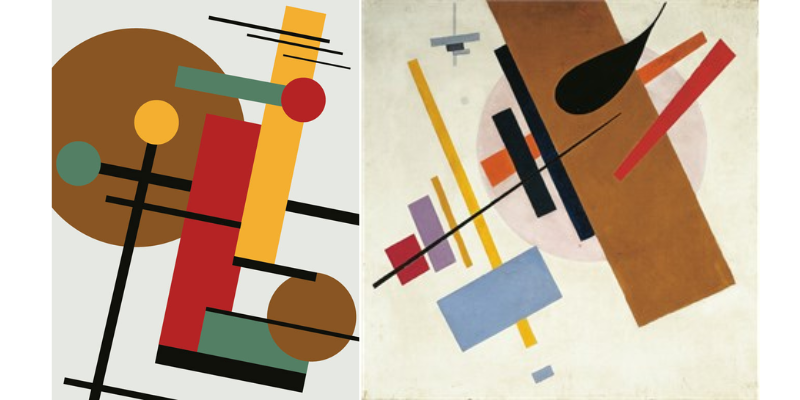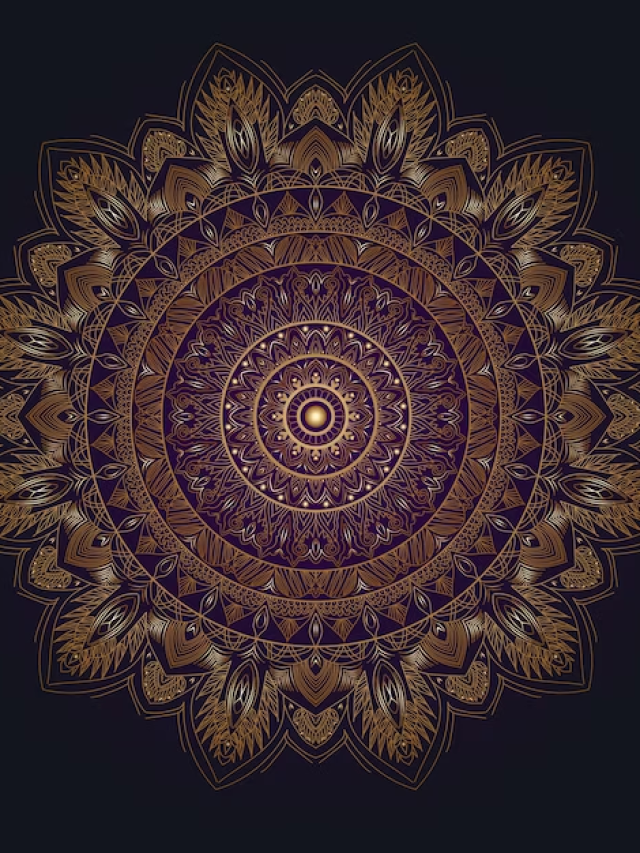For centuries, geometric art has dominated the art world and has been recognised for its use of straightforward shapes, patterns, and mathematical accuracy. In addition to being aesthetically captivating, this art form demonstrates how humans are drawn to geometry and its various applications. We shall explore the realm of geometric art in this piece, including its origins, well-known practitioners, and long-lasting influence on modern art.

Historical Roots
Geometric art has its origins in the art of the ancient world. The study of geometry captivated ancient societies like the Greeks and Egyptians since it was both a mathematical and artistic subject. The Parthenon and other architectural masterpieces were built in large part because of the accurate measurement and computation of geometric shapes. From the complex geometric forms of Islamic art to the geometric mandala art found in Hindu culture, artists have been utilising geometric shapes and patterns in their works for ages.

However, geometric art saw a comeback in the 20th century as creators looked for fresh approaches to expressing the beauty of geometric shapes. The foundation for contemporary geometric art was established by the rise of movements like Constructivism and De Stijl.

The fundamental elements of this art form are geometric shapes, which are also necessary to produce the incredibly alluring geometric vector art, geometric circle art, and geometric pattern art. These forms are frequently used by artists as building blocks to create complex designs. Working with geometric shapes requires accuracy and symmetry, which can be difficult at times, but the results are visually pleasing.
Notable Artists
1. Kazimir Malevich: Malevich was a pivotal player in the formation of the Russian avant-garde and a pioneer of geometric abstraction. “Black Square,” his well-known painting, embodies his dedication to distilling art to its most basic geometric components.
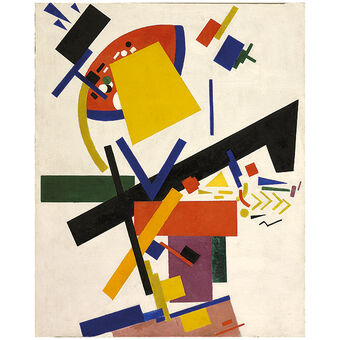
2. Piet Mondrian: One of the first members of the De Stijl movement was the Dutch artist Mondrian. His use of primary colours and the grid-like arrangement of geometric objects are characteristics of his work. “Composition with Red, Blue, and Yellow,” his most famous work, perfectly captures the ideas of neoplasticism.
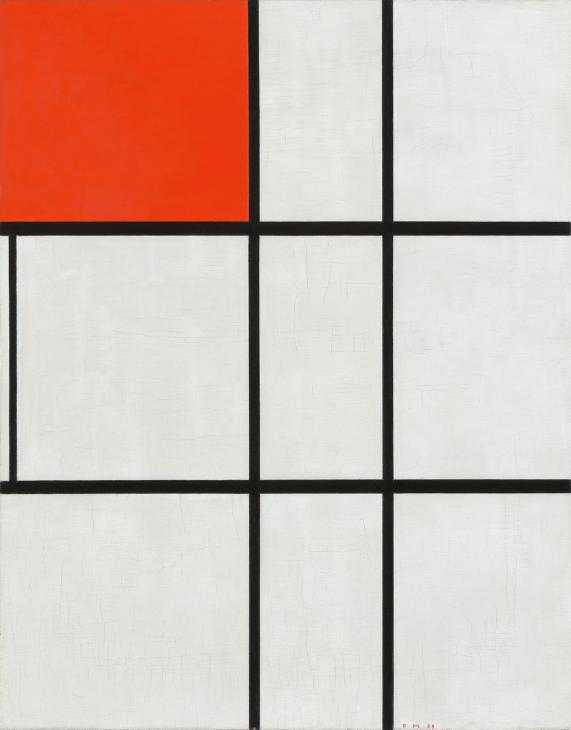
3. Bridget Riley: Riley, a well-known member of the Op art movement, specialised in optical illusions and the interplay of geometric patterns in his artwork. Her monochromatic works, such as “Movement in Squares” and “Blaze,” provide the impression of depth and motion.

4. Frank Stella: Stella is renowned for his use of simple geometric shapes to produce complex, three-dimensional compositions in his minimalist style of painting. His grasp of geometry is evident in his “Black Paintings” and “Protractor” series of artwork.
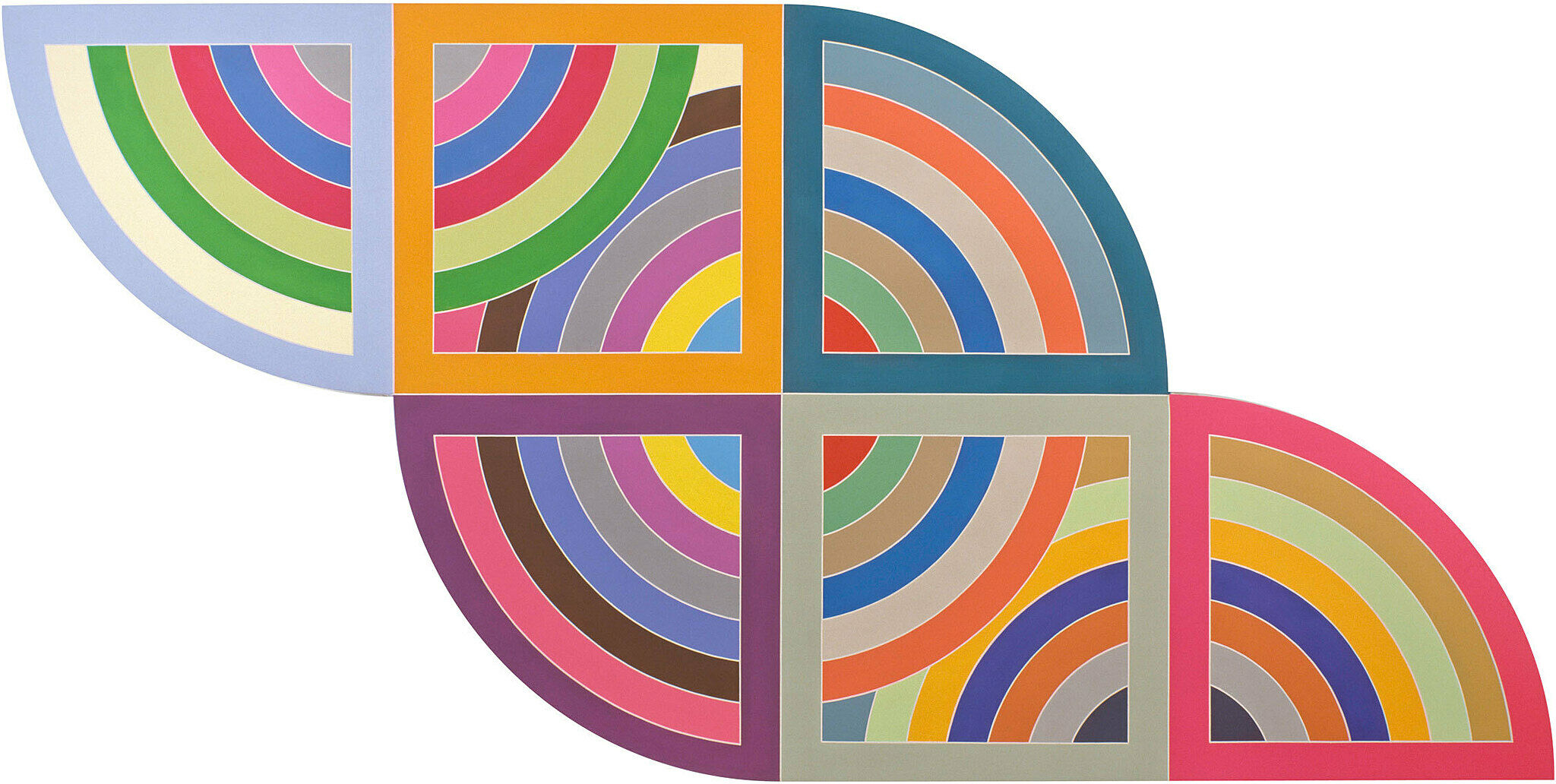
In addition, geometric art is now used in interior and architectural design. A prominent tendency in modern architecture is the use of geometric patterns and shapes in the construction of structures, furnishings, and interior design aspects. This illustrates how geometric aesthetics are still appealing in today’s world.
Finally, geometric art is a fascinating subgenre that honours the elegance of clarity and accuracy. Geometric art is still very much alive and well, whether you are drawn to its simple patterns and lines or to the captivating illusions it can produce. The field of geometric art offers a wide range of creative possibilities for investigation and appreciation, from conventional geometric forms to avant-garde techniques.
Read Also:

